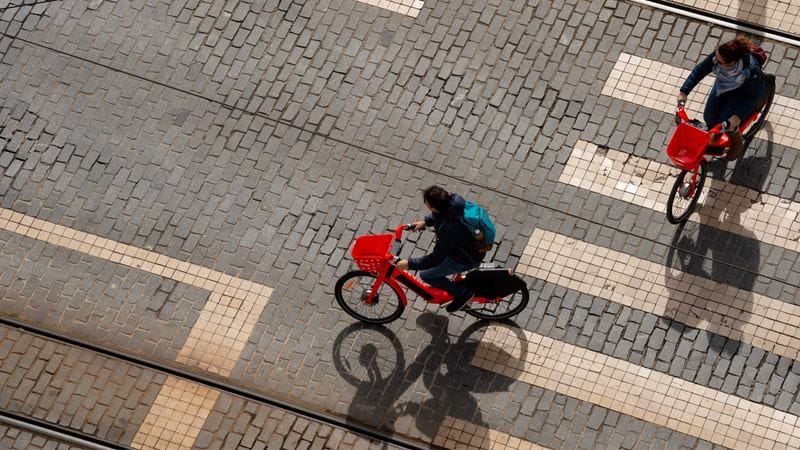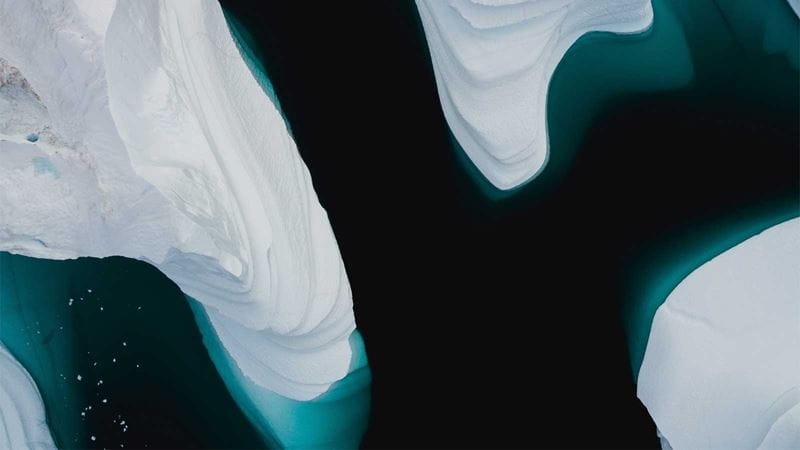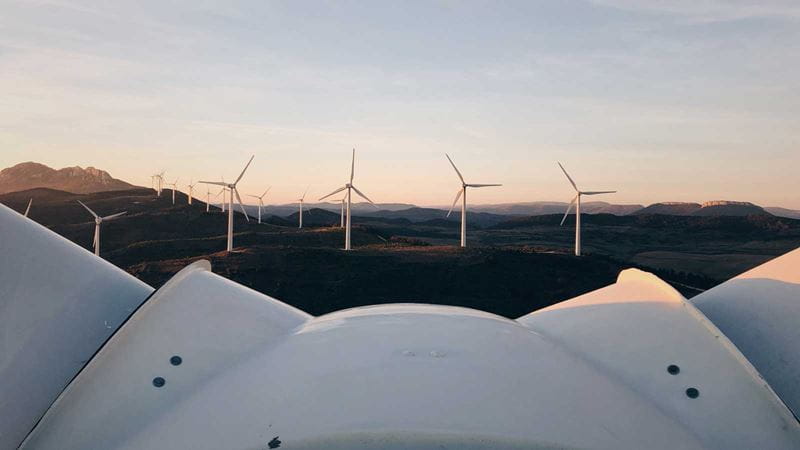
Q: We read about new clean technologies, electrification, and other efforts to avert climate change daily, and yet the world remains heavily dependent on fossil fuels. Are we truly seeing progress in the energy transition?
A: It is true that on the face of it, change might look slow over the past decade – 80 per cent the world’s energy demand is still being met with fossil fuels. But the headline number understates what’s really going on.
Renewables – wind and solar and storage – have become economically competitive with fossil fuels. Now we need to grow the proportion that electricity makes up of the total energy pie, which we can do with these interesting technologies. And also we need to use other vectors like green hydrogen for what we cannot electrify.
At the same time, every euro invested in electrification, needs another euro invested in power grids. If we want to electrify demand, we need to develop grid infrastructure. In addition, developing energy storage is key in accommodating rising electrification.
Q: Why does it seem that things are moving slowly?
A: The Rocky Mountain Institute explains why we underestimate the speed at which we are making the energy transition. One, people see these developments as linear. But technological changes are hardly ever linear. They follow an S-pattern: slow development or adoption initially, which can seem disappointing, but at one point, say around 10 per cent of the total market, growth becomes exponential until the technology becomes dominant.
Two, we underestimate the move because we focus on stocks rather than flows. The percentage of electric vehicles (EVs) on the road is still small, but sales as a percentage of the total of new cars are shockingly huge. EV sales are expected to reach 35 per cent of vehicle sales by 2030 and 70 per cent by 2040.
Three, this is no longer just about climate change. This is now about technology.
And four, we tend to focus on the hardest to solve sectors – construction, smelting and the like – and miss all the progress being made elsewhere.

Q: But the sun doesn’t shine at night, the wind doesn’t always blow and batteries are expensive, so we’ll still have a significant need for fossil fuel generation, no?
A: First, we are only just seeing widespread adoption of these technologies. Solar photo-voltaic cells only generated 5 per cent of global power in 2022. But rapidly falling costs and improvements in technology mean that they represent some 60 per cent of new global capacity additions. In 2022 there were 250 gigawatts (GW) in solar additions. In 2023 that was about 415GW. By 2030 that will be 1,000GW. Wind capacity is growing slower than solar, but even in a conservative scenario, wind generation will be the largest source of electricity, some 36 per cent of total generation, by 2050. By that point, wind and solar will fulfil two-thirds of global electricity demand.
What people often don’t realise is how complementary solar and wind generation is. Yes, the sun only shines during the day. But wind generation is tilted to when there’s no sun – night and overcast conditions. Together they can come to represent a base load of energy production, with the remainder coming from other renewables like hydro power and nuclear, with an ever-smaller proportion coming from fossil fuels.
Q: What about the problem of intermittency?
A: Energy storage will be important to the degree that intermittency will remain a problem. Lithium-ion batteries can usefully fill a gap for daily cycles but are unlikely to be a practical general solution when we require longer hours of storage. Thermal storage is great for using energy in the form of heat but it is inefficient for bringing back electricity to the grid. New technologies, like hydrogen are being developed. But the most economical solution for long duration applications is – and will remain – pumped hydro storage.
Water gets pumped from a lower reservoir to a higher one when there’s a surplus of power generation and when power is needed it flows back down through a turbine to generate electricity. Currently there is around 175 GW of global pumped hydro capacity, which is expected to rise to 389 GW by 2035. In Spain alone, existing dams have more than 10 GW of pumped hydro potential at competitive costs.
Excess energy generated by wind can be used to pump during the night when demand is low. Solar can be used to pump during the day. You can pump during holiday periods when there’s less demand. So you can pump water to the upper reservoir and then use it to generate power during periods of high demand.
Investment insights
- by Jennifer Boscardin-Ching, senior client portfolio manager, thematic equities, Pictet Asset Management
- At Pictet Asset Management, we believe that the clean energy transition will be a complex and drawn-out process, involving not just companies in power production but also in transport, manufacturing, buildings, IT and energy infrastructure. That presents investment opportunities across the whole value chain. Indeed, annual clean energy investment is forecast to triple to more than USD4 trillion by 2030.
- Renewables are already the cheapest source of power in most past of the world. The International Energy Agency expects the share of wind and solar in global electricity production to reach 70 per cent by 2050 from 10 per cent in 2021. But large-scale deployment of intermittent renewables is a significant challenge that requires rethinking the load management and optimisation of the interdependencies between power production and other sectors, in particular electric vehicles and home heating.
- For utilities, the challenge is to upgrade infrastructure on the household and wider grid level, as well as increase levels of digitalisation and connectivity in order to enhance grid management and flexibility. This creates business opportunities in both the hardware and software space, including software applications, semiconductors and power management components.






